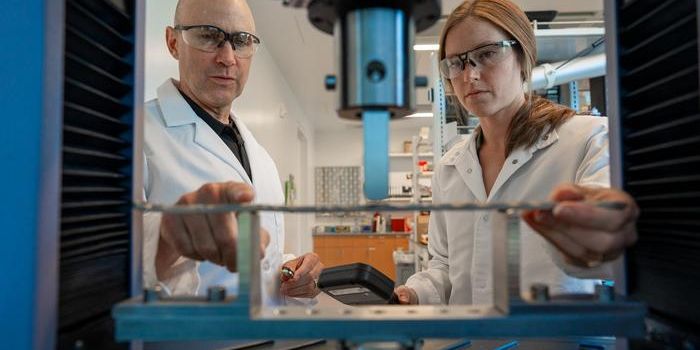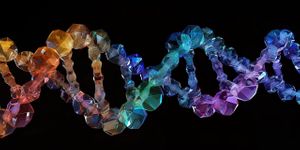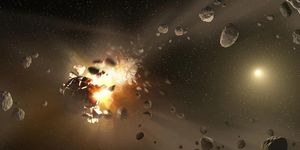Computer Simulations Support Dark Matter Theories
Computer simulations designed and run by researchers at the University of California-Irvine suggest that dark matter does in fact exist and is a central part of explaining how the universe works. The team’s work is described in a recent article published in Monthly Notices of the Royal Astronomical Society.
Dark matter is something that has perplexed scientists for some time now. On one hand, dark matter is matter that hasn’t been directly observed or detected by astronomers, so we can’t really say anything definitively about what it is or how it affects the universe. On the other, there is debate that dark matter, whatever it is, may be essential to explain how the universe actually functions. Without dark matter, according to these theories, the matter we can observe isn’t actually sufficient to explain certain things that happen within galaxies, for example. This includes explaining how stars and galaxies move and function.
And yet, dark matter accounts for nearly 85% of all matter in the universe, by some estimates, underscoring a serious problem to be solved.
The question is: is dark matter really there? Could it actually serve the function posited by these theories, or is the matter we can observe enough to explain what we see? Irvine researchers designed computer simulations to answer just that.
As part of the simulations, researchers explored whether dark matter or currently-observable matter can explain the activity of stars and galaxies that we observe.
Generally speaking, researchers concluded that the way stars, gas, and galaxies move would be hard to explain using matter we can currently observe, underscoring that a dark matter theory may be the best one to guide our understanding of the universe. For example, the team noted that there is a very specific relationship between observable and dark matter within galaxies, and that computer models based on dark matter seem to “predict” this type of relationship.
Sources: Science Daily; Monthly Notices of the Royal Astronomical Society; DOE








